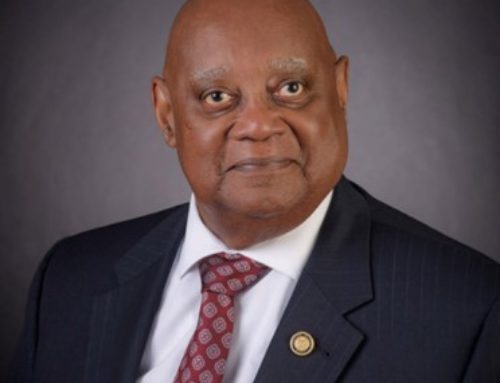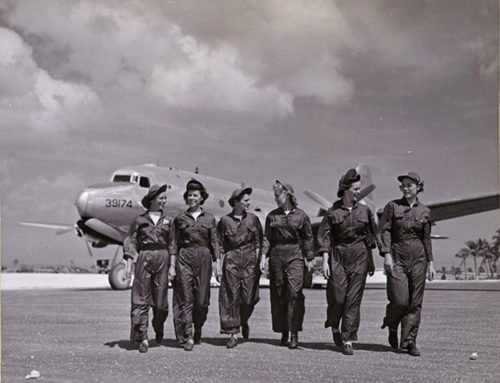15 April 2003 was a big day for the crew of USS TOLEDO (SSN-769), and not because the men were scrambling to file last-minute tax returns. Early in the afternoon, TOLEDO made her way up the Thames River to her pier at Naval Submarine Base New London, thus becoming the first submarine to return home after deploying on a rapid-response wartime patrol to fire TOMAHAWK cruise missiles in support of Operation Iraqi Freedom.
The call to head to the war zone came as a surprise given that TOLEDO and her crew of 130 were, according to the New London Day, “just five months into an 18-month inter-deployment cycle in which [they were] supposed to stay close to home.” Instead, TOLEDO was called back from exercises in the Caribbean, sent to her home port in Groton for two days, and then deployed as part of what came to be known as the “Red Sea Wolf Pack.” Although the “wolf pack” was made up of a total of eleven subs from four home ports, Groton’s contingent was the largest with five boats: USS AUGUSTA (SSN-710), USS PROVIDENCE (SSN-719), USS PITTSBURGH (SSN-720), USS SAN JUAN (SSN-751), and, of course, TOLEDO.
What many of the men remembered about the days in early April when they finally put months or years of training to use was how exhausting it was. “The whole strike period lasted a couple of days, and none of us got any sleep until it was over,” Torpedoman 1st Class Scott Freyer told the Day. “None of us could sleep anyway,” Torpedoman 2nd Class Fred Hartz added. “We were standing by, just waiting for the next tasking.” Hartz admitted that some crewmembers did take “battle naps,” nodding off for a few minutes while lying on the metal torpedo racks. “When you’re as tired as we got, you can fall asleep anywhere,” he said. “Besides, our racks aren’t that much more comfortable anyway.” Fire Control Technician 2nd Class Brandolph Schlieper, the Sailor whose job it was to actually push the button that fired the missile, played down his role at the attack console. “It’s really not the big thing,” he said. “The major part is the evolution that is involved with getting the missiles to the point where you can push the button, loading the tubes and spinning up the guidance system and all that, and working with sonar to make sure you’re not going to hit anything [that you’re not aiming at] and with engineering and navigation to make sure you’re where you’re supposed to be at the right time.” Putting all that together made for a very intense first salvo during which, Schlieper said, he had no time to second-guess himself because the boat was firing a number of missiles in quick succession. “The second salvo, actually, I was a lot more nervous,” he admitted. But modesty and nerves aside, Schlieper was proud to have had the opportunity to fire missiles in combat, “especially,” he said, “because the boat shakes so nicely” when a missile is launched.
The eleven subs of the Red Sea Wolf Pack launched a total of approximately 265 TOMAHAWKS in support of Operation Iraqi Freedom, one-third of the 800 fired by the U.S. Navy in the war’s opening days. Commander Mike Poirier, TOLEDO’s captain, had nothing but praise for his crew’s performance. “The guys were fired up to come out here and do this mission,” he told the Day. “It’s what we trained for. The opportunity to come out here, do our job, and do it well, was very satisfying.”





